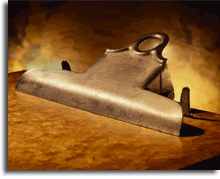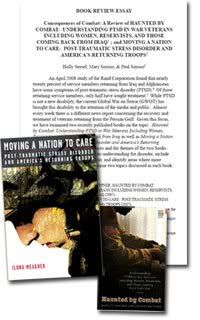A Real Fright: The Psychological Scars of Combat
 It's a standard American ritual. Today, you'll probably be booed at by scary tricksters knocking on your door, demanding sugary treats.
It's a standard American ritual. Today, you'll probably be booed at by scary tricksters knocking on your door, demanding sugary treats.
Perhaps you'll see a chainsaw-wielding demon on the street and laugh. Or maybe you'll dress in scary costumes and get a kick out of reveling in and even poking fun at Halloween's fantasy of fear and death and danger.
Of course, some of us don't have to rely on the eve of All Saints Day to be immersed in dark times and emotions.
Those who've been to war have tapped fear and death and danger on the shoulder. They've lived the more difficult side of life. And many, when they return from the pit of hell, struggle to find the inner and outer security and confidence long since lost to them on some dusty combat trail. Getting their life back isn't as easy as peeling off a costume, wiping off the fake blood or putting away a candy dish.
I wonder what they think about Halloween?
Below the fold, a few recent articles that reveal how the daily fear, anxiety and solitude of PTSD affects some of our recently returned troops. Read as many of them as you can find time for.

 Let's jump right into the data.
Let's jump right into the data.


